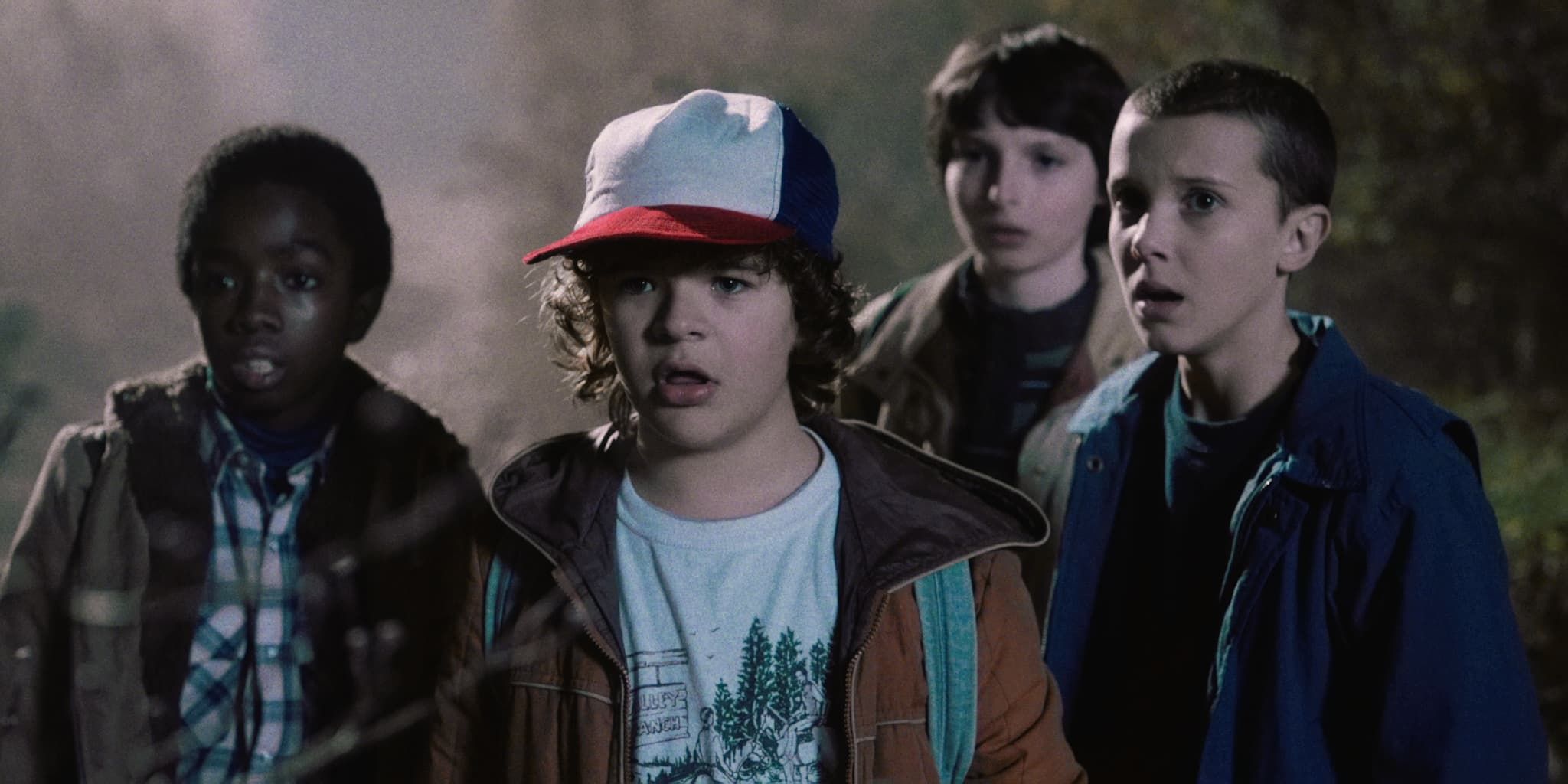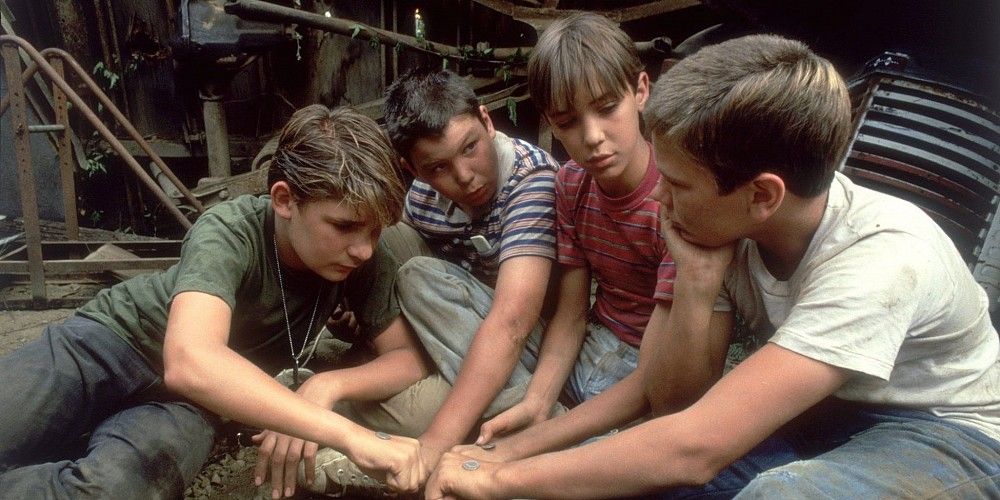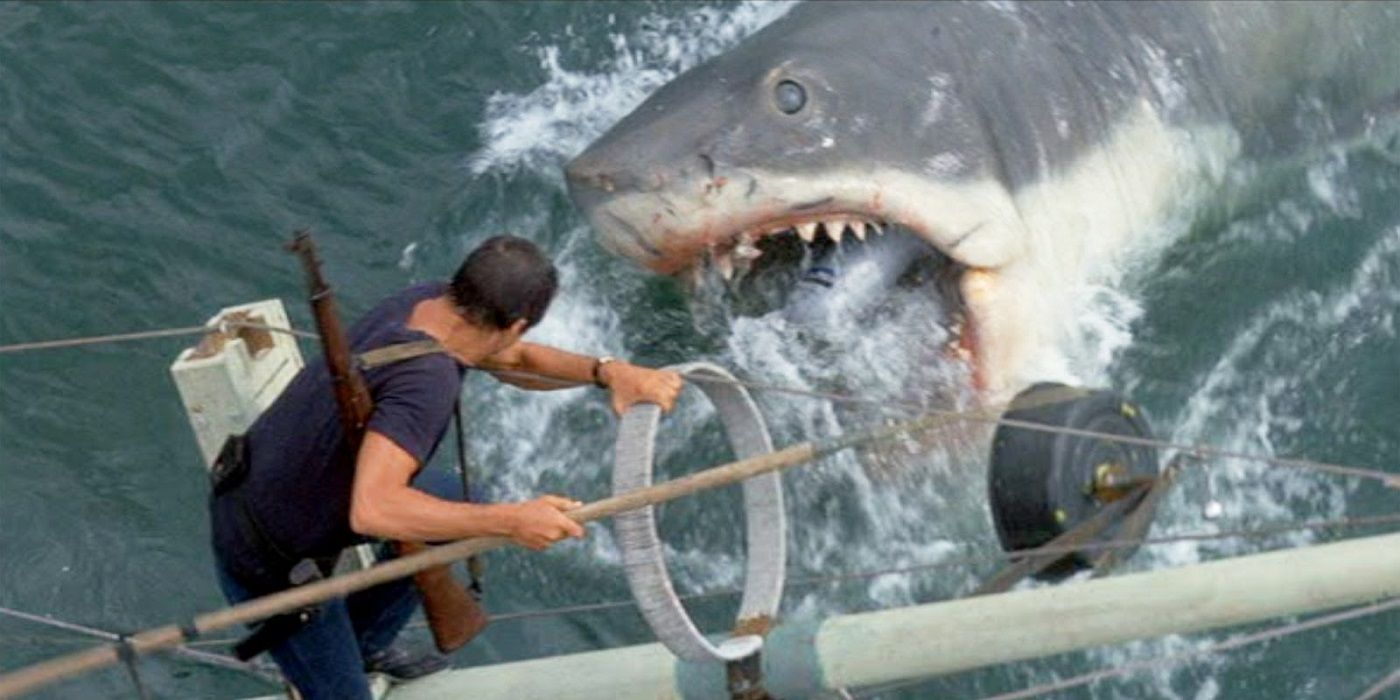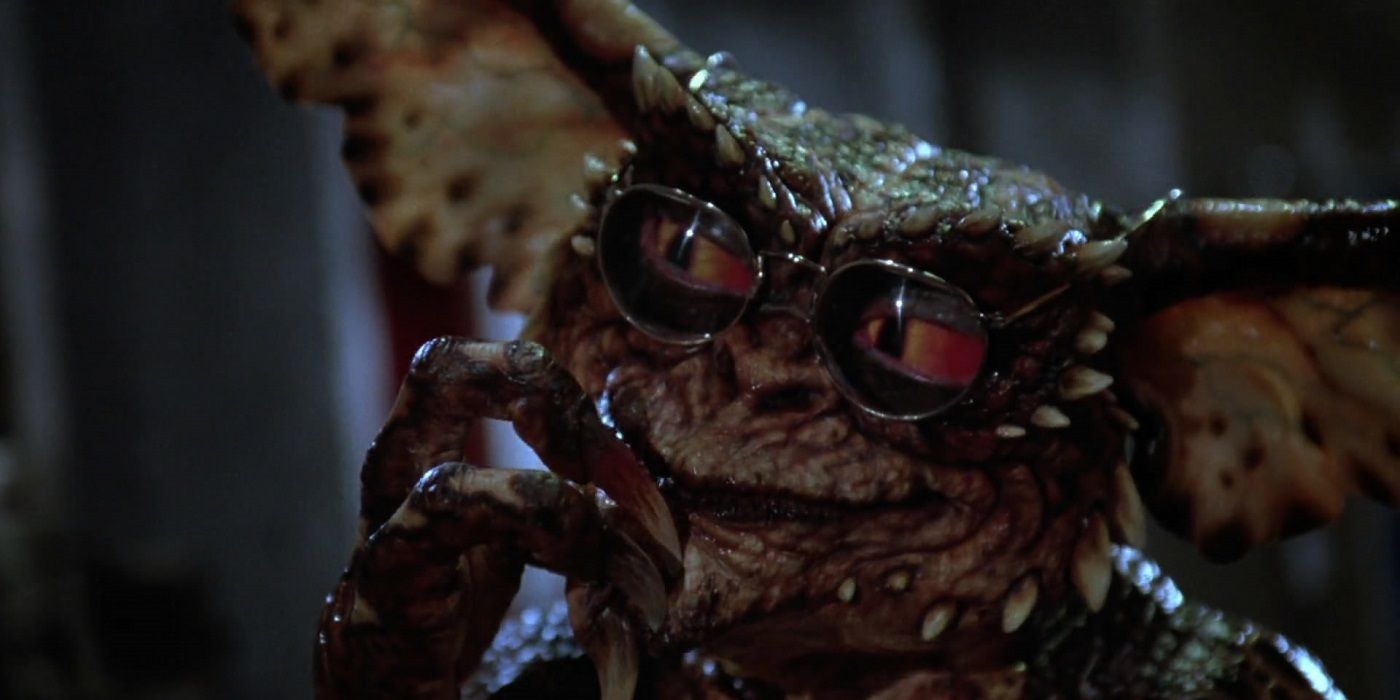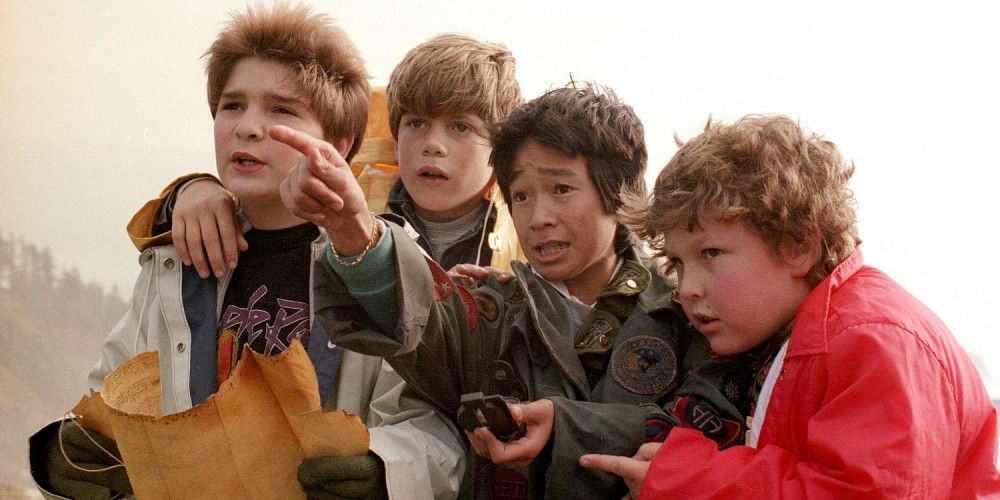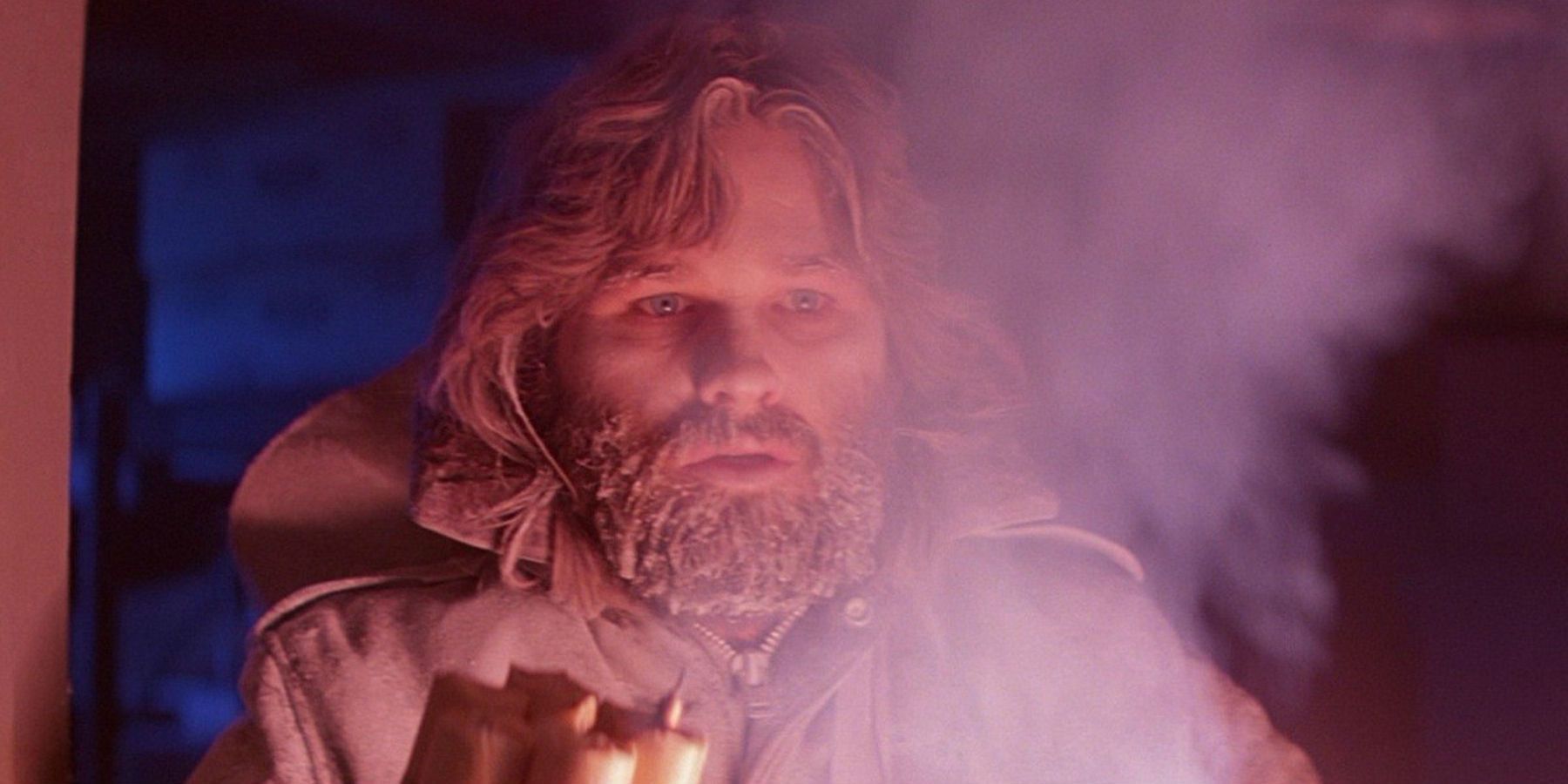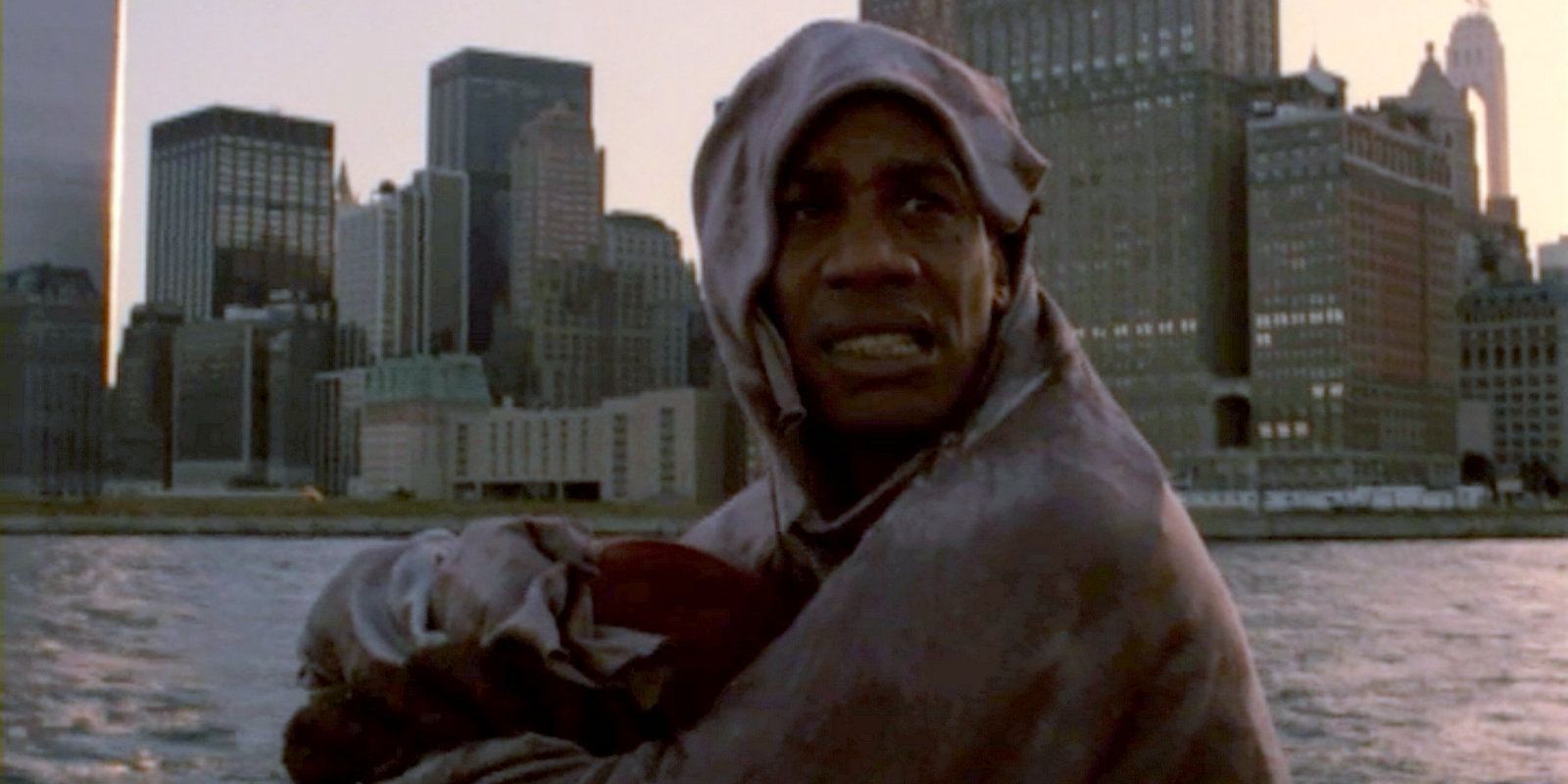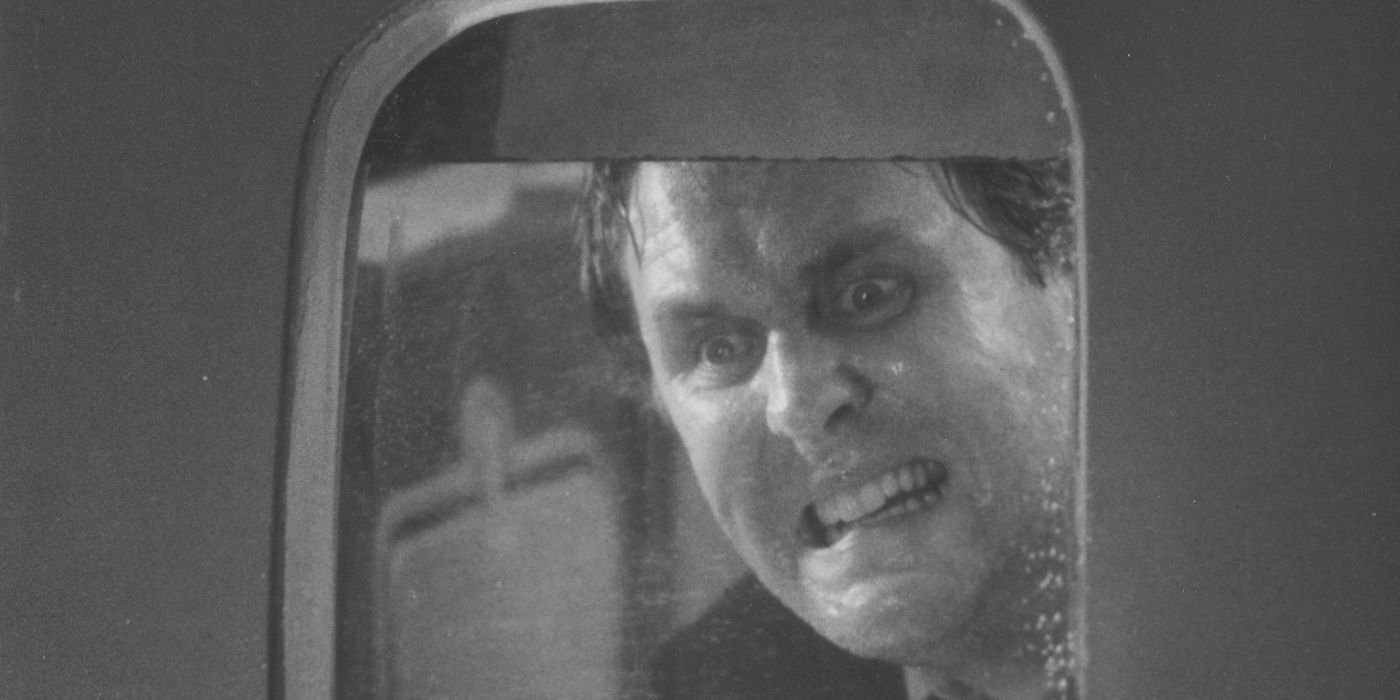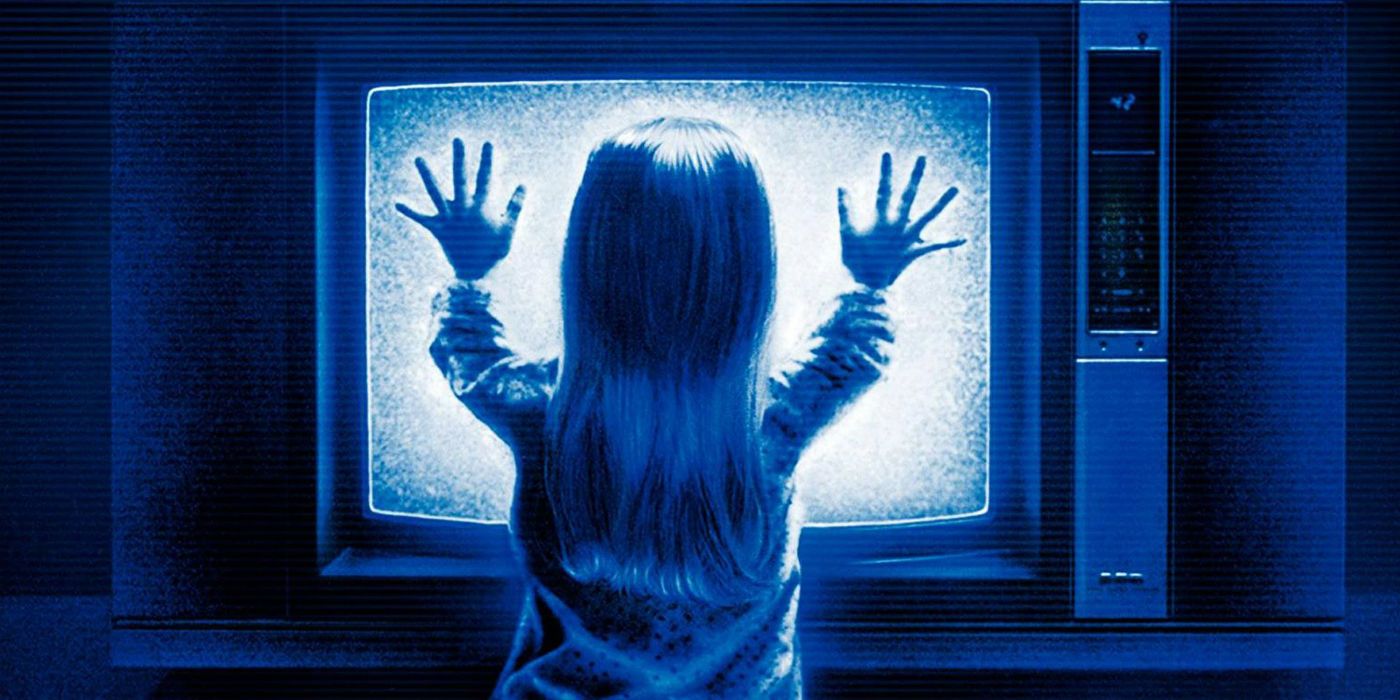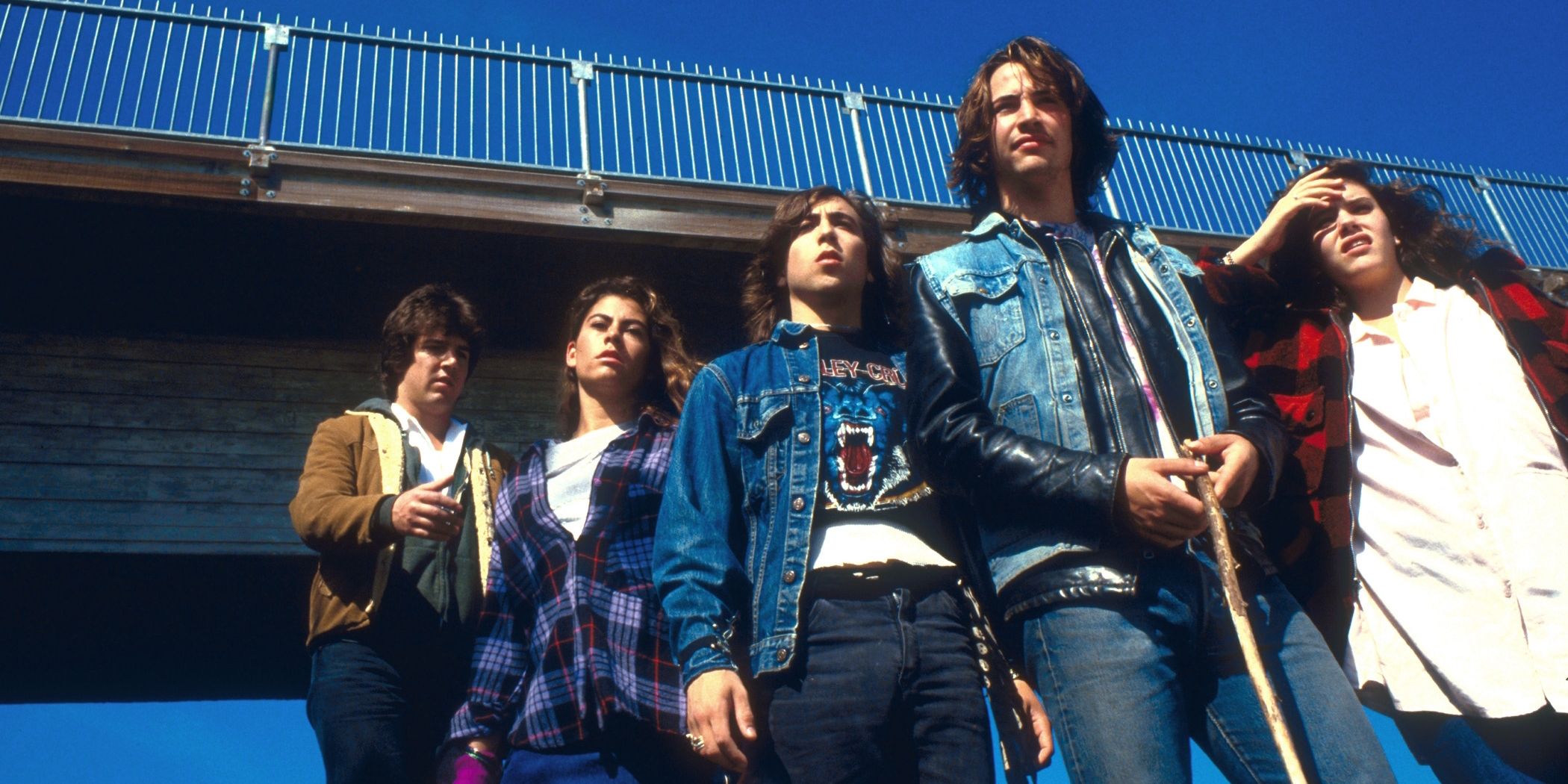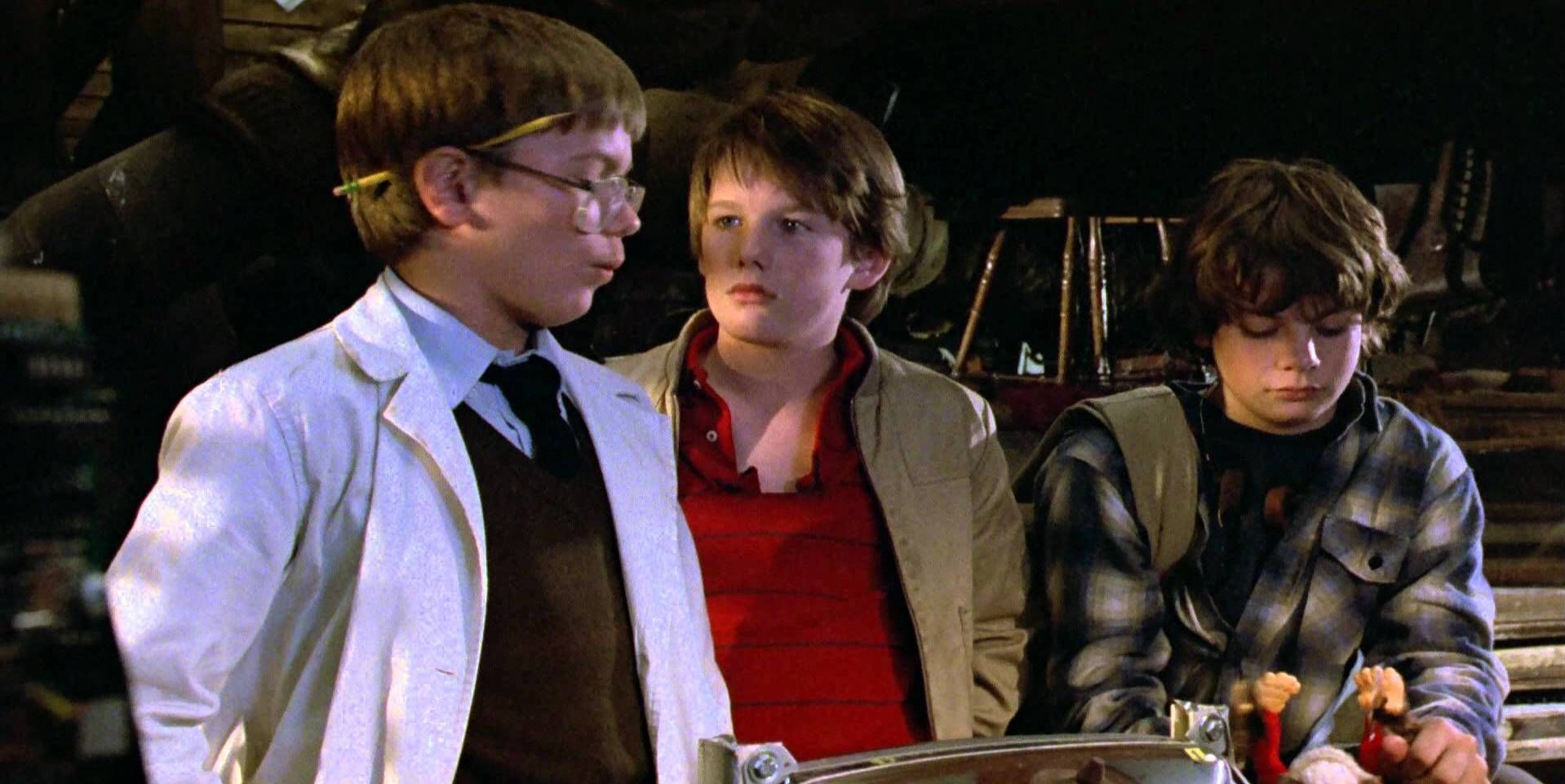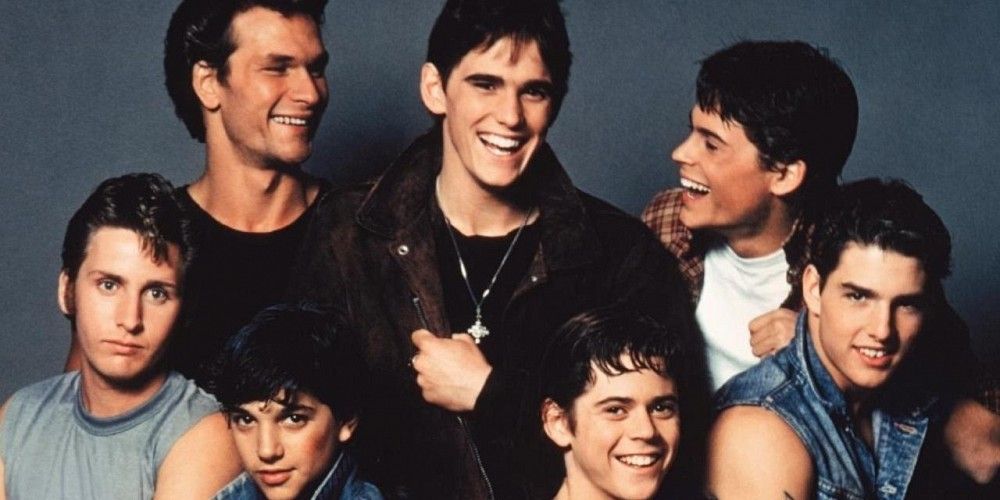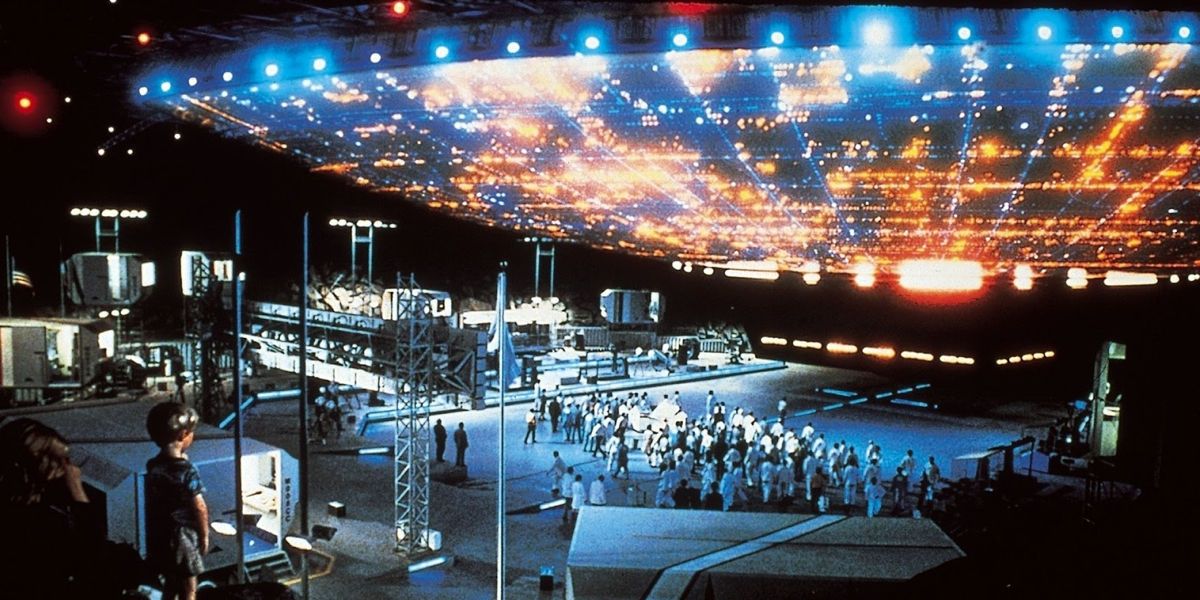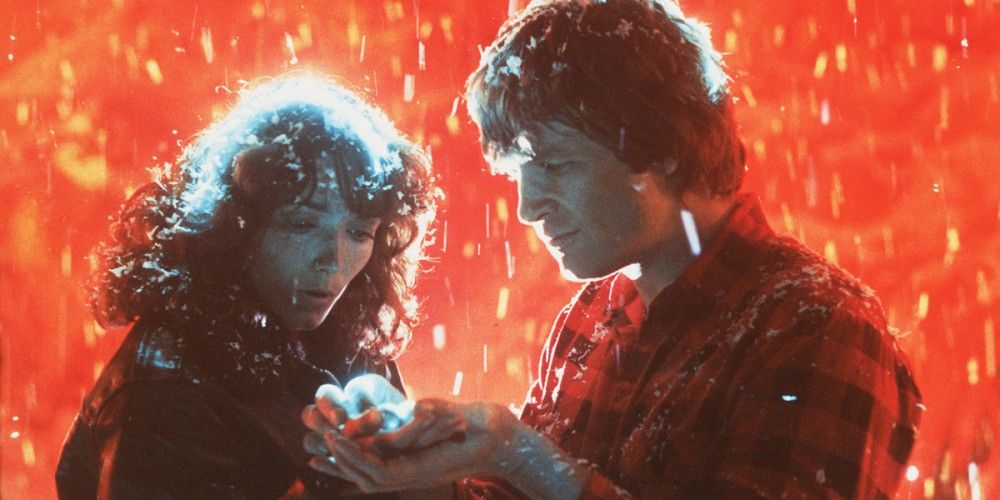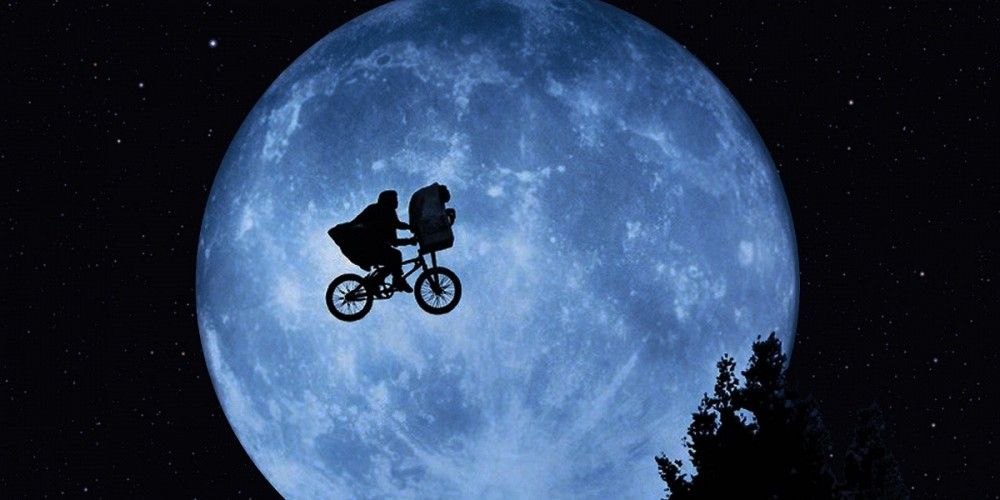Although it's 2016, anyone who has become immersed in Netflix's new sci-fi thriller, Stranger Things, released July 15, could be forgiven for thinking otherwise. Set in the 1980s and slavishly devoted to recreating everything about the feel of the decade, the events of Stranger Things unfold in a sleepy Indiana town that seems normal at first glance. But not for long. After an unknown creature overpowers a scientist and escapes from the government-run Hawkins National Laboratory, young Will (Noah Schnapps) seemingly vanishes on a bike ride back home after spending the evening with his friends. Not long after his disappearance, Will's buddies Mike (Finn Wolfhard), Lucas (Caleb McLaughlin) and Dustin (Gaten Matarazzo) encounter a strange girl with a shaved head in the woods dubbed Eleven (Millie Bobby Brown) who might hold the key to finding Will. Rounding out the cast is Winona Ryder as Will's distraught mother Joyce and David Harbour as dogged police chief Jim Hopper.
Plunging viewers more than thirty years into the past is no easy feat, yet Stranger Things is able to pull it off with set pieces, plot details and a soundtrack that act as a time machine. But could Stranger Things be such an effective period piece of sorts without the blueprints set out by the classic genre films of the decade? Visionary directors like John Carpenter, Stephen Spielberg and Joe Dante captured the imaginations, the heart and sometimes even the gag reflexes of American moviegoers and left a mark on cinema that persists in the horror and sci-fi genres as we know them today. The show owes so much to the 80s - here are the 15 80s Movies That Inspired Netflix's Stranger Things.
15. Stand By Me
Running through Stranger Things is the DNA of Stand By Me, one of the most iconic coming-of-age stories in cinema history. The 1986 classic begins as all good stories do: with the hunt for a stranger’s dead body. What starts off as an adventurous romp through the Oregonian wilderness turns into an introspective journey into the very different home lives of friends Gordie Lachance (Wil Wheaton), Vern Tessio (Jerry O’Connell), Teddy Duchamp (Corey Feldman) and Chris Chambers (River Phoenix).
Although “coming-of-age” is a label applied to many films, some more deserving of the descriptor than others, Stand By Me has become the golden standard for the genre, as the young men reveal alcohol-ridden households and weight-related self-esteem issues that uncover fundamental truths about themselves and each other. This is what it means to label Stranger Things a coming-of-age story in the same vein as Stand By Me. When their friend Will mysteriously disappears after an encounter with the show’s unseen beast, Will’s friends have to band together in ways that will expose their vulnerabilities to themselves and to each other, and will make them all the stronger for doing so.
14. Jaws
This film was technically released in the mid-1970s, but the connections between the Spielberg-helmed monster movie of monster movies and Stranger Things are too good to omit. Jaws opens on the now-classic scene of a young woman being brutally attacked by the large aquatic monster on a beach on the New England coast, which leads to a call from police chief Martin Brody (Roy Scheider) to close all the beaches. But when the mayor overrides his call, the death toll only rises. The chief turns to rough-and-tumble ship captain Quint (Robert Shaw) and ichthyologist Matt Hooper (Richard Dreyfuss) to take down the man-eating monster.
If you took Jaws and replaced the shark with a different kind of monster, added some sci-fi flair and included a prominent “missing boy” storyline, you would get Stranger Things. Much like Jaws, a portion of Stranger Things is spent waiting and watching, seeing which unfortunate person will be in the wrong place at the wrong time. More than anything, Jaws is the quintessential tale of man vs. nature played out in the rough waters surrounding Amity Island. Stranger Things could be seen through the same lens. Though the show’s monster exists largely in shadow and is shrouded in mystery, its wild nature and penchant for murder threaten the order and safety of human existence much the same way that infamous shark did.
13. Gremlins
Gremlins aren’t technically aliens, but they might as well be. When Randall Peltzer (Hoyt Axton) purchases a small fuzzy creature called a “mogwai” from a reluctant shopkeeper’s grandson, he is told to strictly abide by three rules regarding the beast: don’t expose it to sunlight, don’t get it wet and don’t feed it after midnight. Once Randall gives the mogwai to his son Billy (Zach Galligan), it’s only a matter of time until viewers get to experience what happens when those three important rules are broken.
Although seen as something of a children’s movie, the 1984 flick contains enough murder and mayhem to make even the bravest child think twice before turning off the lights at night. Stranger Things, with its primarily teenage cast and fantastical elements, could also be seen the same way. Populated with a child’s worst fears about what could be hiding under their bed, Stranger Things brings the fantastic to life in much the same way Gremlins did, scaring the pants off both children and adults in the process.
12. The Goonies
You can hardly make a TV show about a rowdy group of preteens in the 80s without an inescapable comparison to The Goonies. Released in 1985, the epic adventure film follows the titular squad (among them Josh Brolin, Sean Astin and Corey Feldman, just to name a few) in a quest to stop the planned demolition of their neighborhood—that is, until they discover an ancient pirate map. Then the race is on as the gang tries to get to the stash of pirate treasure before the dastardly Fratelli family. In what’s becoming a pattern, this film has ties to Steven Spielberg, too: He served as producer and came up with the story.
At first glance, the most obvious link between Stranger Things and The Goonies is their gang of pre-teen protagonists. Instead of Mikey, Mouth, Data, Brand and Chunk, Stranger Things gets us better acquainted with Will’s spirited Dungeons & Dragons buddies Dustin (Gaten Matarazzo), Lucas (Caleb McLaughlin) and Mike (Finn Wolfhard). In place of pirate booty is the slightly more serious search for their disappeared friend. Each group welcomes the help of an enigmatic outsider, too. Where the Goonies had Sloth, Will’s gang counts on mute and telekinetic Eleven to help them find their missing cohort. Most importantly, each story captures the heady mix of excitement, anticipation and fear that can only come to a group of youngsters about to set off on the adventure of a lifetime. Goonies aren’t the only ones who never say die, after all.
11. The Thing
John Carpenter was one of the masters of 80s horror, a visionary who created the disgustingly awful beauty of The Thing. The 1982 film transports us to the barren whiteness of Antarctica, where a group of scientists take in a hunting dog being pursued by a helicopter. But this is not your average dog. It not only attacks everyone in the camp, but can take the form of each of its victims. Led by fearless helicopter pilot (Kurt Russell), the remaining campers attempt to stay alive amidst a gory battle between man and extraterrestrial.
Much like the connection between Stranger Things and Jaws, The Thing also depicts a fierce battle of man vs. nature. And in this case, the monsters look a lot more similar. While the unknown creature terrorizing the townspeople of Stranger Things is a lot less bloodthirsty than the titular “thing,” both stories share a fear of the unknown. The alien in The Thing can take any form, leaving those trying to combat is completely clueless as to what it will pop up as next. The monster of Stranger Things is cleverly kept offscreen, leaving viewers to conjure up their worst possible fears and project them onto the form reflected in poor Will’s terrified eyes.
10. Brother From Another Planet
When “The Brother” (Joe Morton) escapes from a life of slavery on his home planet and lands in New York City, world domination is the last thing on this alien’s mind. Mute and eager to blend in, he puts his mechanical skills to work fixing machines and befriends the people living in his neighborhood. But intent on tracking him down are two mysterious “men in black,” (David Strathairn and director John Sayles) who are fellow aliens from his home planet aiming to return him to where they think he belongs.
Unlike many movie aliens, the Brother in this 1984 film seeks a safe haven in planet Earth and wants nothing less than to “phone home.” Unable to speak, he forms powerful nonverbal connections with those around him in an effort to build a stronger ties to his adoptive planet—sort of like Eleven from Stranger Things. Eleven, who is also mute, is forced connect to Will’s band of friends in other, more lasting ways. And, for as enigmatic as she appears in the show, who’s to say she’s not also on the run from alien overlords? If anyone can take them on, it’s Eleven.
9. Twilight Zone: The Movie
Although The Twilight Zone had been making audiences’ jaws drop since 1959, the beloved sci-fi series didn’t make it to the silver screen until 1983. In true Twilight Zone fashion, it was billed as an anthology film and featured four different stories based on the original television show and each helmed by a different director: John Landis (An American Werewolf in London), Joe Dante (Gremlins), George Miller (Mad Max franchise) and Steven Spielberg. All that horror/sci-fi talent behind the wheel make the film a strong predecessor to the other worldly dealings of Stranger Things, but it’s the third segment in particular where the similarities really stand out. Surprisingly, that isn’t the segment directed by Spielberg.
Titled “It’s a Good Life” and directed by Dante, the third segment follows Helen Foley (Kathleen Quinlan), a young teacher who, on her way to a new job, runs over a bicycle belonging to a boy named Anthony (Jeremy Licht). She offers him a ride to his house, where she is greeted by his overly welcoming family and a series of strange happenings seemingly caused by the bratty Anthony, who has strange magical abilities. Sounds a bit like young Eleven, no? Although she is surely less loquacious and a lot less demanding than Anthony, Eleven is also a young person gifted with incredible telekinetic powers. Here’s hoping she puts them to better use.
8. Halloween
Although Halloween was technically released at the tail end of the 70s in 1978, it has the spirit of a classic 80s horror movie. Directed by John Carpenter, the film centers on white masked psychopath Michael Myers (Nick Castle) who has just escaped from the mental institution that had been his home since he murdered his sister 15 years prior. On a particularly eerie Halloween night, he returns to further terrorize his hometown, stalking and killing the friends and acquaintances of high schooler Laurie Strode (Jamie Lee Curtis) before setting his sights on her in the film’s final act.
Viewers can see echoes of Michael Myers in the way the creature of Stranger Things hunts its victims. Seen only in the terror on its victims’ faces, this nameless horror has similarly escaped from its professional handlers and has the same lack of discretion in terms of selecting its victims. Stranger Things also rocks the kind of ominous, synth-heavy soundtrack that would make Carpenter, who composed Halloween’s now-infamous shiver-inducing sound, very proud.
7. Poltergeist
Released in 1982, Poltergeist is the first in a trilogy (not including the 2015 remake) following the Freeling family’s encounters with the ghosts inexplicably drawn to their youngest daughter. In what surely isn’t a coincidence at this point, the film has ties to Steven Spielberg, who co-wrote and produced but was unable to take on directing duties as he was working on E.T. at the time, leaving the very capable Tobe Hooper (The Texas Chainsaw Massacre) at the helm.
While Stranger Things leans more toward sci-fi than horror, it still has strong ties to the many classics of the genre that popped up in the 80s. The supernatural spooks terrorizing the Freelings came from the cemetery on which their Orange County housing development was built. Swap the headstones for nondescript government buildings and you’ve got Stranger Things, where the small Indiana town is threatened by something that escaped from the Department of Energy’s Hawkins National Laboratory. Both stories also feature young girls with otherworldly connections. Eleven of Stranger Things is gifted with telekinesis. Young Carol Ann Freeling has just the right life source to draw in all sorts of specters. Come to think of it, maybe Eleven should stay away from the TV...
6. River’s Edge
Apparently, to be young in an 80s movie means encountering a dead body in one way or another. In the largely forgotten but deeply unsettling 1986 drama, teenage burnout Samson (Daniel Roebuck) murders his girlfriend—then brings around all his friends to gawk at the dead body. The drugged up Layne (a very long-haired Crispin Glover) attempts to silence the group with threats in order to protect Samson, but Matt (Keanu Reeves) feels conflicted by the horrific sight and wonders if he should turn his friend in to the police.
Based on the true story of a 16-year-old in Northern California who strangled his 14-year-old classmate and brought his friends around to see the body for themselves, River’s Edge is much darker than the sort of teenage shenanigans happening in Stranger Things. Still, the two do share an interest in chronicling those formative teenage years in suburbia. Not just recording what’s happening to a group of kids, but truly understanding the world through these young character’s lives. Unfortunately, in River’s Edge, that meant capturing the absolute extremes of teenage ennui, as the characters willfully ignore a dead classmate and return to their drugs and video games. Thankfully, the 80s of Stranger Times is populated with a lot more compassion.
5. Explorers
Explorers is every adventurer’s dream come true. In the 1985 film, Ben Crandall (Ethan Hawke) is obsessed with all things space and sci-fi related, be it movies, comic books or video games. This obsession translates into vivid dreams of some sort of blueprint. Together in their makeshift laboratory, Ben and friends Wolfgang Muller (River Phoenix) and Darren Woods (Jason Presson) create the thing Ben has been dreaming about: a working spaceship they use to seek out aliens only to run into beings that aren’t so alien after all.
Now it goes without saying that Ben, Wolfgang and Darren would have a ball with Will’s Dungeons & Dragons friends. But the similarities run a bit deeper than that. Although the film was billed as a children’s flick, it has adult appeal too, from the impressive-for-the-80s special effects to its undeniable charm. Explorers reminds you of what was so great about being a kid, and Stranger Things picks up right where that film left off. Both stories transport back to the era when everything was an adventure and the only thing that could possibly get in the way of that adventure is an early bedtime.
4. The Outsiders
Almost everyone read the book in middle school, but it really takes an older perspective to appreciate the nuances of the story. Based on the aforementioned novel by S.E. Hinton published in 1967, The Outsiders follows a group of greasers in 1960s Oklahoma. The boys, all born into a lower class area marked by family strife, repeatedly run into trouble with the Socs, a rival gang from the wealthier part of town, until that trouble turns deadly for both groups. Featuring a veritable treasure trove of young talent from Matt Dillon to Emilio Estevez to Diane Lane to Tom Cruise, the flick was also directed by the venerable Francis Ford Coppola, best known for the Godfather films.
It’s true that there’s no trace of anything extraterrestrial that goes bump in the night in The Outsiders, but one can see bits and pieces of the scrappy coming-of-age film in Stranger Things. Both stories take place in a small, rural town, where young boys often have to find ways to keep themselves occupied. The Outsiders’ Ponyboy Curtis and his gang could have easily been Will’s Dungeons & Dragons group had they been around for it in the 80s. More importantly, both films deal with loss at a relatively young age. Granted, Will has simply disappeared and could very well be alive, whereas the victims of The Outsiders are not so lucky. But loss is loss, and both stories deftly address the confusion, anger and deep feeling of grief that comes with losing a friend.
3. Close Encounters of the Third Kind
What is it with Spielberg and aliens? The sci-fi classic stars Richard Dreyfuss as Roy Neary, a blue collar worker who has an encounter with a UFO while attempting figure out what’s causing a series of power outages in rural Indiana. When the spacecraft departs, Roy becomes a man possessed, driving his family away from him in his relentless and increasingly erratic obsession. But when Roy catches a news report about a train wreck near a mountain he had seen in visions, he—and half the town, as well as the Army and other government officials—makes it to the area in time to see a huge mothership descending from the sky.
Even though Close Encounters was released in 1977, it’s another classic Spielberg alien tale whose influence can be seen all over Stranger Things. Close Encounters has the kind of outer space spectacle now expected in a Spielberg film, and that same panache is imbued in Stranger Things, too. Much like the blinding lights and booming tones of the Close Encounters spaceship, the smaller scale use of light in Stranger Things is a defining element of the series, creating fear, tension and wonder—sometimes all at the same time. Parallels can also be drawn between the obsession bordering on madness shared by Roy and Stranger Things’ Joyce, Will’s mother. Both are obsessed with finding answers by trying to communicate with the incommunicable; in Roy’s case he’s trying to reach aliens and in Joyce’s she’s trying to reach her son. Ultimately, these two stories seek to show us exactly what that kind of drive can do to a person and how some will stop at nothing until their questions are answered.
2. Starman
John Carpenter appears on this list again, as the director of one of his more sci-fi than horror offerings. Much like the David Bowie song of the same name, Carpenter’s 1984 film centers around a otherworldly visitor (Jeff Bridges) who responds to a message from NASA and crash lands on Earth. He then inhabits the body of a dead man and kidnaps the man’s wife (Karen Allen). Together the two build a lasting bond on the journey from Wisconsin to Arizona in an effort to reach a ship bound for the alien’s home planet before the military catches up to them.
While outer space visitors are usually angling for some sort of human or world destruction (see: Independence Day, Pacific Rim, all the Alien movies), Carpenter’s Starman flips the script as the government races to destroy the extraterrestrial without first stopped to ask any questions about why he’s there in the first place. Although the beast in Stranger Things seems to be a bit more malevolent than the Starman ever was, one still can’t be sure exactly what kind of role it played in Will’s disappearance. Yet the scientists are hunting the animal they had kept captive in the Hawkins lab without a second thought as to what may have caused the creature to think it could be safer out in the wild. Both Stranger Things and Starman remind us to look at a situation from every angle before acting recklessly.
1. E.T. the Extra Terrestrial
It might be easier to count the ways in which Stranger Things doesn’t evoke Steven Spielberg’s classic 1982 of the little extraterrestrial that could. When 10-year-old Elliott (Henry Thomas) stumbles upon a creature in his tool shed, he decides to lure the gentle alien into his house with the help of some Reese’s Pieces and befriend him. As the two grow closer and closer, so does their mental connection. When E.T., finger pointing toward the sky, makes his famous request to “phone home,” Elliott launches a plan to get his new friend back to his home planet, and fast—E.T. grows sicker and sicker as government agents close in on Elliott’s house.
The inevitable comparisons to one of Spielberg’s most beloved films comes the moment the bikes hit the pavement in Stranger Things. In a scene from Stranger Things, a little blonde girl, her hair in pigtails, peering in wonder at the flashing light bulbs around her could very well be Elliott’s younger sister Gertie (Drew Barrymore) at first glance. The mob of hazmat-suited men entering a lab in the TV show might be confused with a similar group of government agents storming into Elliott’s home in search of E.T. But more than simple visual likeness, these two artistic kindred souls share a story enriched by the kind of magic that can only be viewed through a child’s eyes.

